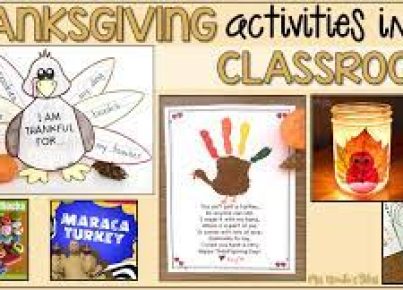1. Establish classroom routines: Consistency is key for younger students. Implementing clear routines at the beginning of the school year helps set the tone and creates guidelines for student behavior.
2. Use visual aids: Visual aids like posters, charts, and schedules can help reinforce rules and expectations for students in a memorable and engaging manner.
3. Create a safe environment: Arrange desks and seating in a way that promotes positive interactions while minimizing distractions.
4. Set clear expectations: Be explicit about your expectations regarding student conduct, work quality, collaboration, and respect among classmates.
5. Use positive reinforcement: Regularly acknowledge and reward good behavior with praise, stickers, or small privileges to encourage its continuation.
6. Keep students engaged: Provide multiple opportunities for hands-on learning, interactive discussions, and independent practice to maintain attention levels.
7. Group work: Incorporate collaborative projects in which students can cultivate teamwork skills while learning from one another.
8. Develop a signal system: Use a consistent signal, such as a bell or a hand gesture, to gain student attention for instructions or transitions.
9. Encourage self-monitoring: Teach students strategies to assess their own work or behavior and make necessary adjustments.
10. Implement a daily check-in system: Begin each day with a brief check-in that allows students to express their emotions and set personal goals.
11. Utilize music or songs: Incorporate mnemonic songs or background music to support learning activities or solidify concepts in memory.
12. Manage transitions efficiently: Prepare students for upcoming changes in activities by signaling impending transitions with countdowns or verbal cues.
13. Give age-appropriate tasks: Design assignments that challenge but do not overwhelm second graders so they maintain engagement throughout the learning process.
14. Break tasks into smaller steps: Help students manage workload by dividing projects into more digestible components as they develop organizational skills.
15. Design seating plans: Assign seats to maximize student focus and create an environment that fosters effective learning.
16. Provide backup activities: Prepare extra, relevant activities for students who finish assignments early and ensure these activities align with the primary lesson objectives.
17. Monitor student progress: Continually evaluate individual student progress using formative assessments to guide instruction and provide necessary support.
18. Communication with parents: Cultivate open and supportive channels of communication with parents to build trust, exchange valuable information, and discuss concerns if they arise.
By following these 18 foolproof tips and ideas, second grade teachers can create a well-managed classroom that supports student academic growth, fosters self-discipline, and builds a positive community of learners.





